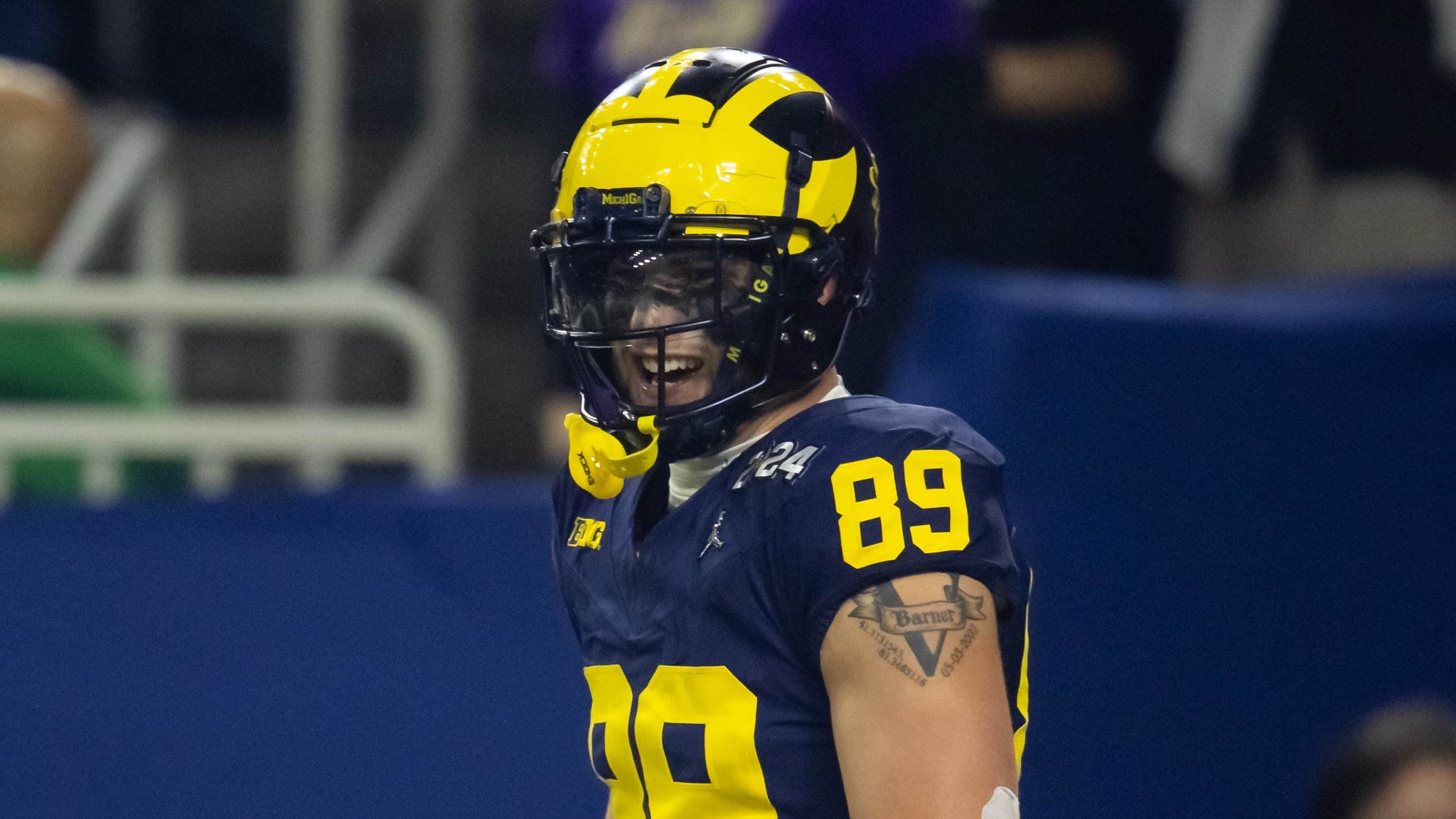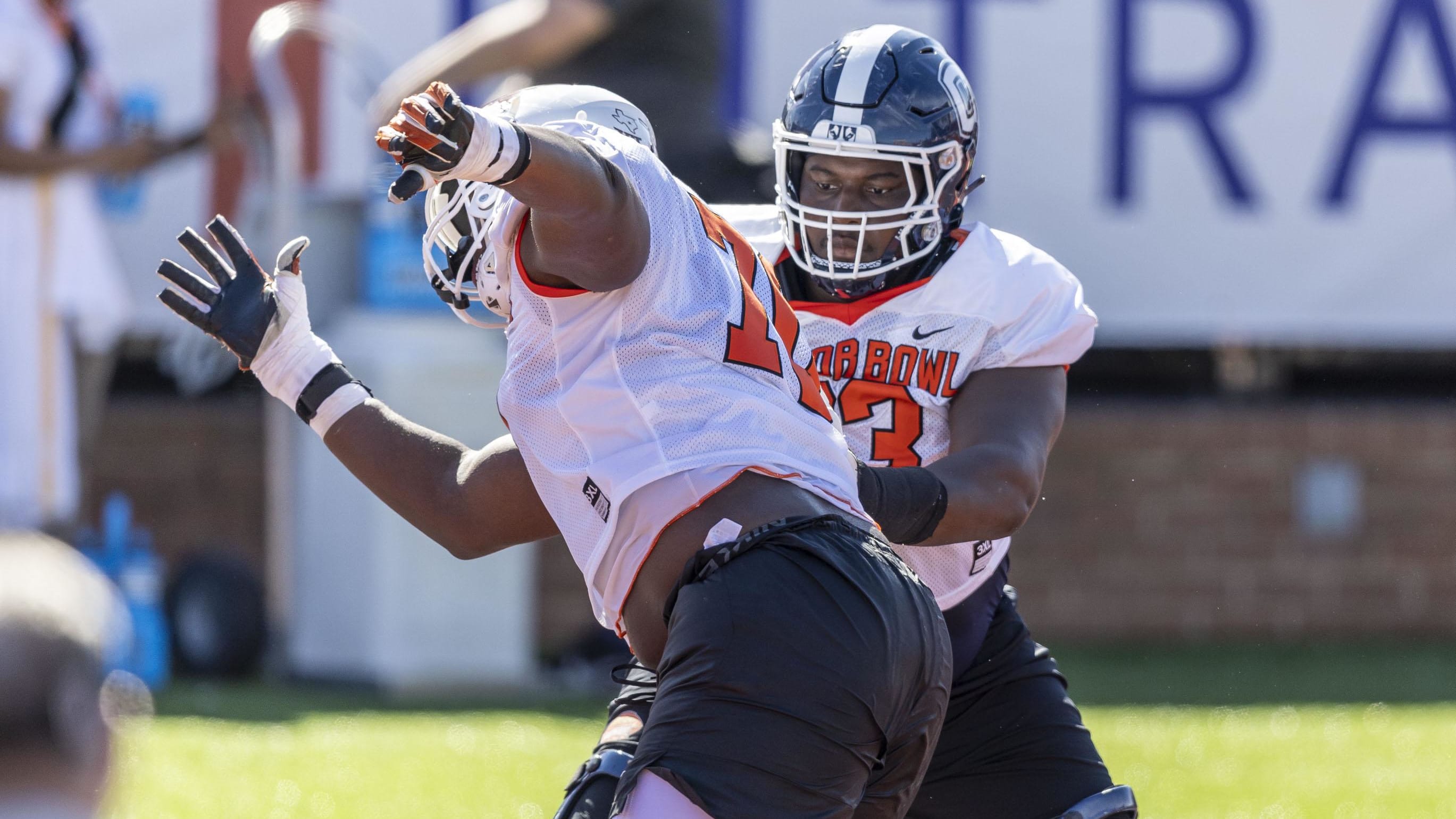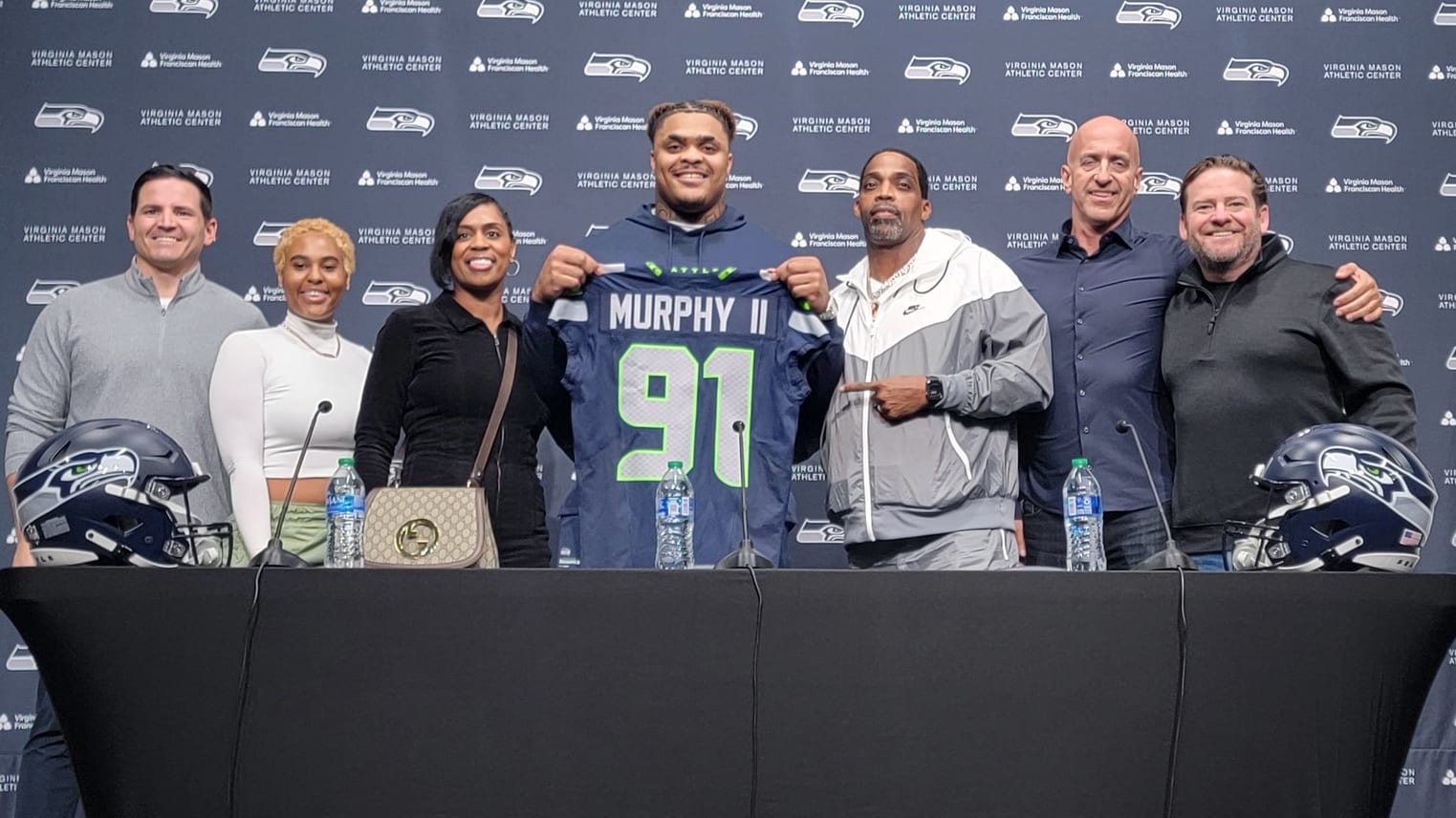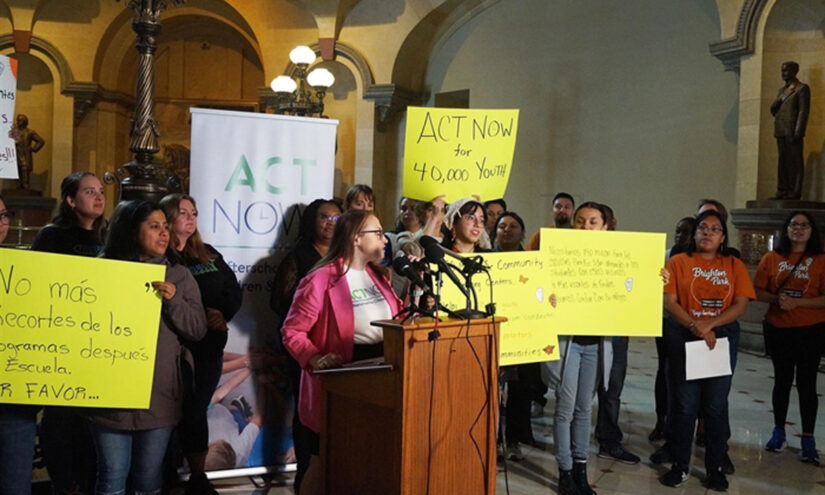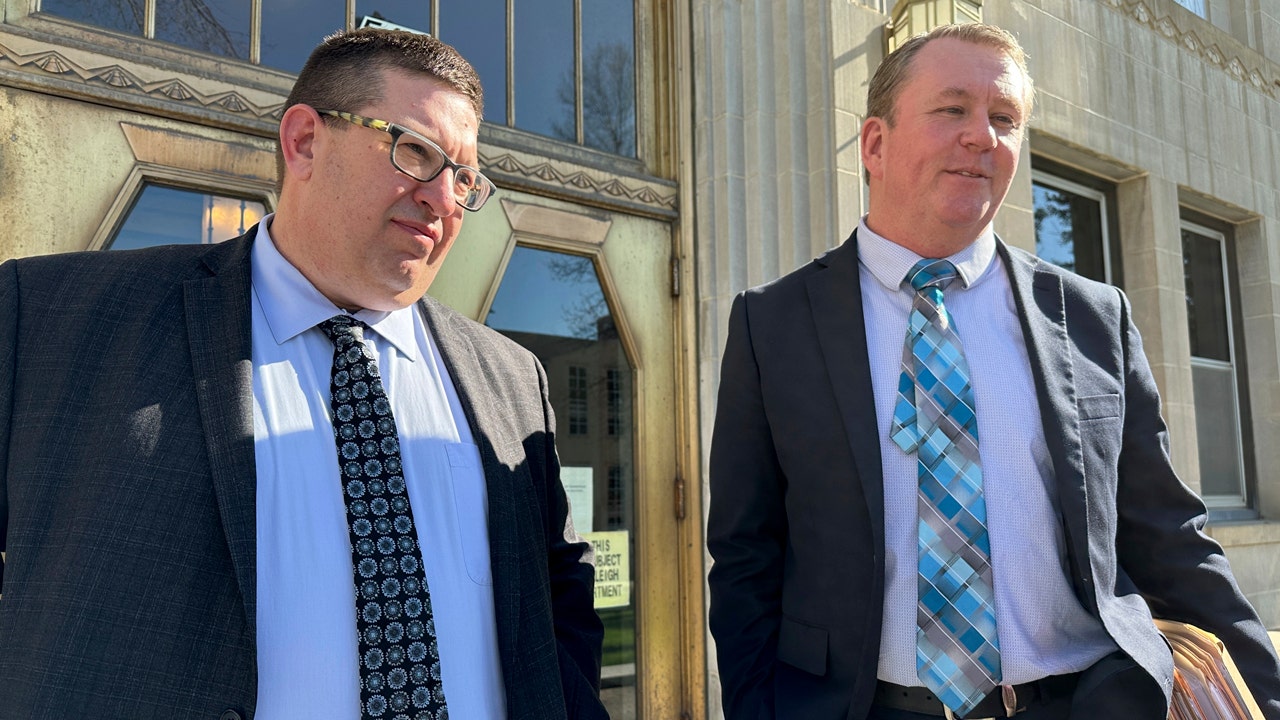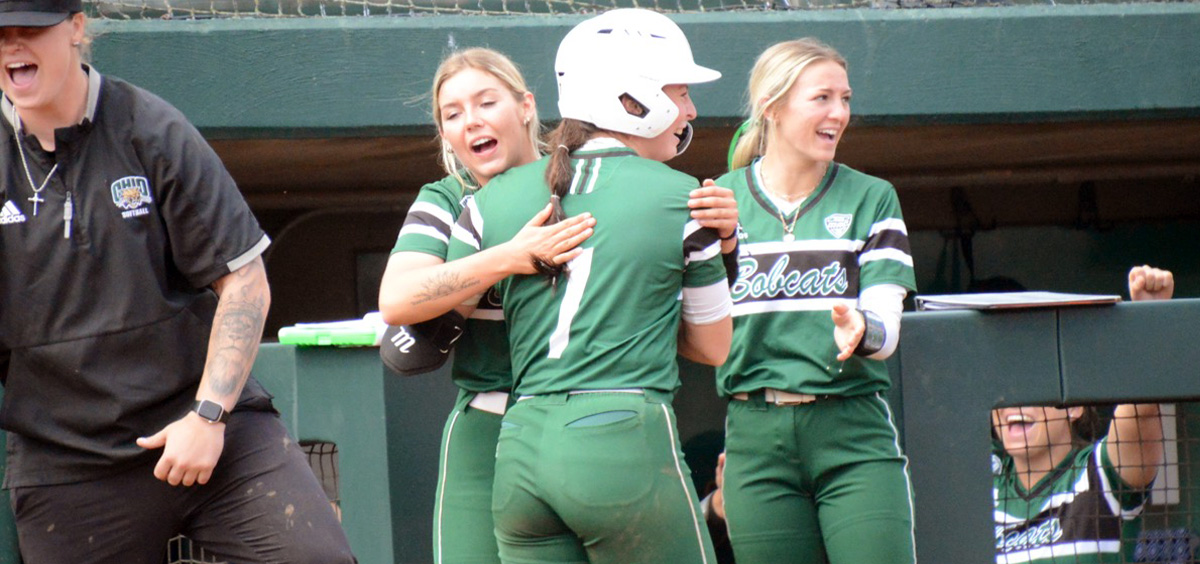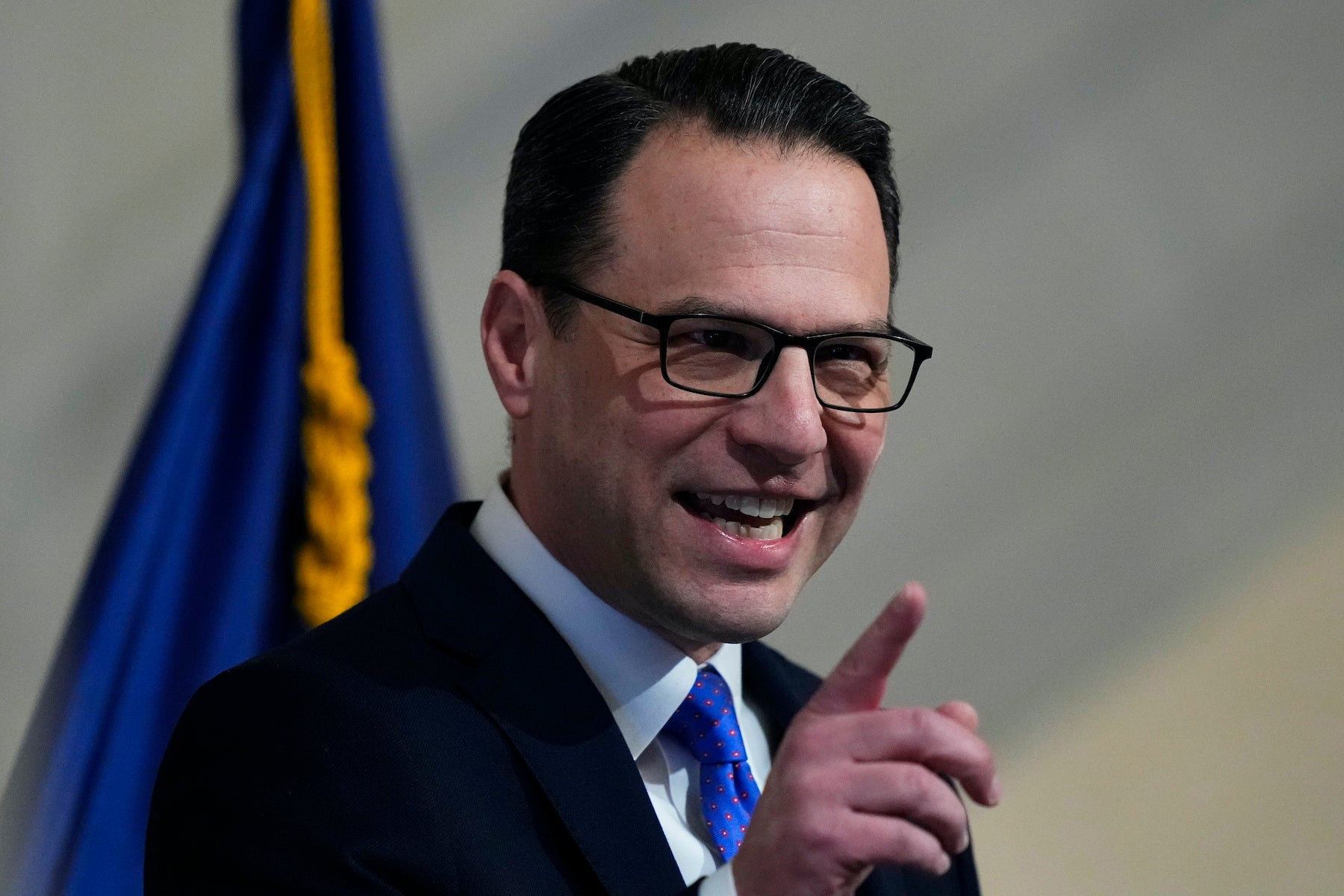The Illinois Commission on Equitable Public University Funding’s recommendation to allocate additional funding to universities based on race is not only misguided but also ignores the primary cause of inequities in higher education: the lack of school choice at the K-12 level.
This is not surprising, given that the commission was established under Public Act 102-0570 in 2021, with the premise that Illinois higher education is systemically racist and that more funding is the solution.
The commission’s primary goal was always to secure more funding, and it acknowledges that it is building upon the passage of the evidence-based formula in 2017, which changed how K-12 education in Illinois is funded. This formula pushed billions in new funds to local schools based on the notion that schools are underfunded, and that if they were adequately funded, academic success would follow.
The commission’s funding model, like the EBF model, includes a provision that base funding never drops at any university. This provision reduces the pressure to consolidate campuses. The bureaucrats sell this increased funding by wrapping it in equity arguments, asserting that universities cannot address equity issues because they are underfunded.
The State Higher Education Executive Officers Association in a 2022 report ranked Illinois No. 1 for state support for higher education. The report said the state allocated nearly $23,000 in funding per student to its universities for 2022. This is an increase of almost 55% from the 2012 level of $14,975. At No. 2 was Alaska at $18,436. The Illinois commission is asking taxpayers to provide another $1.4 billion in new funding to meet the goals stated in the report.
Page 25 of the commission’s report shows the numbers for one of the equity adjustments in the new funding formula, which incentivizes universities to admit minorities for greater funding. This formula values a Black student at $6,000, a Latino student at $4,000 and a rural student at $2,000.
The evidence presented for systemic racism is based on enrollment numbers and graduation rates by demographic. However, there is no attempt to examine the K-12 preparatory experience of students who graduated or failed to graduate. The commission is silent on the poor performance of public school children statewide.
School choice is welcomed at the higher education level for federal and state student financial aid — more than 54% of students enrolled in private colleges and universities have federal student loan debt. However, school choice is denied at the K-12 level. The Chicago Teachers Union advocates for getting rid of Chicago Public Schools’ charter and magnet schools as well.
National data speaks to the superior performance of minority students who attend charter or private schools. Stanford University’s Center for Research on Education Outcomes tracked public charter outcomes of millions of students, finding that charter schools produce superior student gains; these schools outperform peers in math and reading despite enrolling a more challenging student population.
Private schools have enjoyed extraordinary success. Catholic school students saw the nation’s highest scores on all four National Assessment of Educational Progress exams. When disaggregated by race, Catholic schools have shown significant gains since 2019, leading the nation for Latino achievement on each of the four tests and Black student achievement on three of the tests.
Chicago Archdiocese Catholic schools showed similar results, with students defying the national trend of pandemic-related stagnation and decline in academics. Illinois Policy Institute analysis of Illinois State Board of Education data shows that low-income students in Illinois who received scholarships from the Invest in Kids scholarship program were proficient in reading and math at a higher rate in nearly every grade compared to low-income, public school students in Illinois.
The success of school choice is a story of unique, individualized learning experiences, not one of family wealth or selection bias. The commission’s accusation of systemic racism in the higher education system while ignoring the role of the systematic efforts to deny quality K-12 school choices to poor families, overwhelmingly Black and Latino, is scholarly malpractice.
It’s clear that too few students, disproportionately Black and Latino, are getting the preparation they need to complete a university degree. It’s not the colleges’ fault; it’s the responsibility of our public elementary and secondary schools. The denial of quality education choices at the K-12 level undermines college preparedness.
Throwing more money at the most heavily subsidized university systems in the country and the best-funded K-12 public schools of almost any state in the nation, absent the commitment to improve the situation, will do little to improve equity.
Paul Vallas is an adviser for the Illinois Policy Institute. He has run for Chicago mayor twice and was previously budget director for the city and CEO of Chicago Public Schools.
Submit a letter, of no more than 400 words, to the editor here or email letters@chicagotribune.com.


